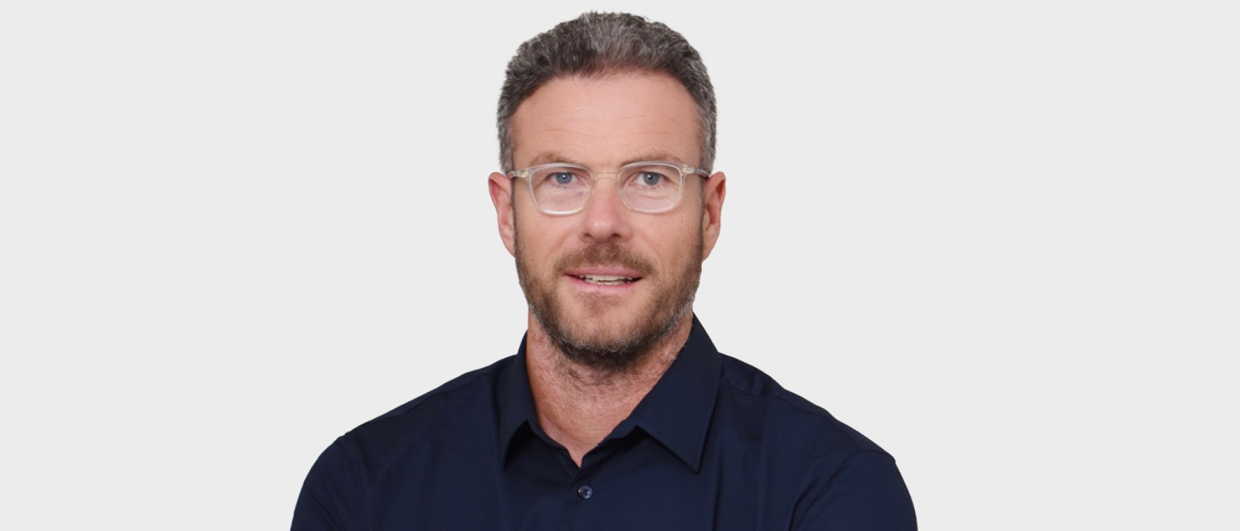“Having worked in oil and gas for years, I was convinced I knew how to drill a well”, Rodney Garrard says. “Then I moved to Switzerland to join NAGRA, the company that is researching and coordinating the construction of a nuclear waste disposal site. I was initially hired to oversee the coring data acquisition program, which I felt comfortable doing having been exposed to this type of work for so long.” He subsequently turned his hand to an integrated petrophysical data acquisition programme for NAGRA too – both for de-risking operations and providing critical data with which to feed the safety concept.
But even though Rodney was going to work on a project that looked so similar to what he had done before, in reality, drilling a data borehole was very different from what he had experienced.
“Drilling a data (research) borehole is so different from drilling a development well in an oil field”, he says. “With an oil well, the end goal is to produce oil. Data acquisition is important, but ultimately, even when gaps in data exist, the success of the well is determined by the volume of hydrocarbons produced. That is not the case with a research borehole such as the ones we drilled with NAGRA. Budgets are relatively smaller, the goal is to get the data we needed, and there is only one chance to do it right”, Rodney emphasizes. “It is a completely different mindset.”
But I did not fully grasp that, to the point where I didn’t oversee the data acquisition in the way I should have done. I thought I knew, but I didn’t.
And it is the mindset that you have to embrace when joining another sector. “I must admit that I had to learn this to an extent”, continues Rodney. “For instance, in Nuclear Waste Disposal projects, temperature records are a primary parameter in the data acquisition process. Way more important than they are in oil and gas. But I did not fully grasp that, to the point where I didn’t oversee the data acquisition in the way I should have done. I thought I knew, but I didn’t. Only after this realization, I was “tuned in” and made sure that the measurements were done to meet the exact project specifications.”
Rodney’s experience shows that the same subsurface setting can be approached very differently depending on what the goal of drilling is. But there are a lot of cross-overs at the same time. When people in CCS are concerned about the integrity of a seal, they could equally consult literature on nuclear waste disposal research, because in both cases the same rule applies: No seal no deal!
Rodney now works in the global energy insurance industry. One of the important things he brings to his working environment is the notion that in subsurface projects there is no such thing as zero risk. “Therefore, in order to insure projects successfully, which is always the final hurdle before things can really kick off, we have to assess whether a sound technical review process was followed”, he concludes. Having been exposed to multiple industries now, and learning about data acquisition objectives in different industries, Rodney feels that he is in a much better position to do so.
See also:
Geologists from Swiss Nagra visit DIGEX 2023 to hear more about subsurface modelling.




